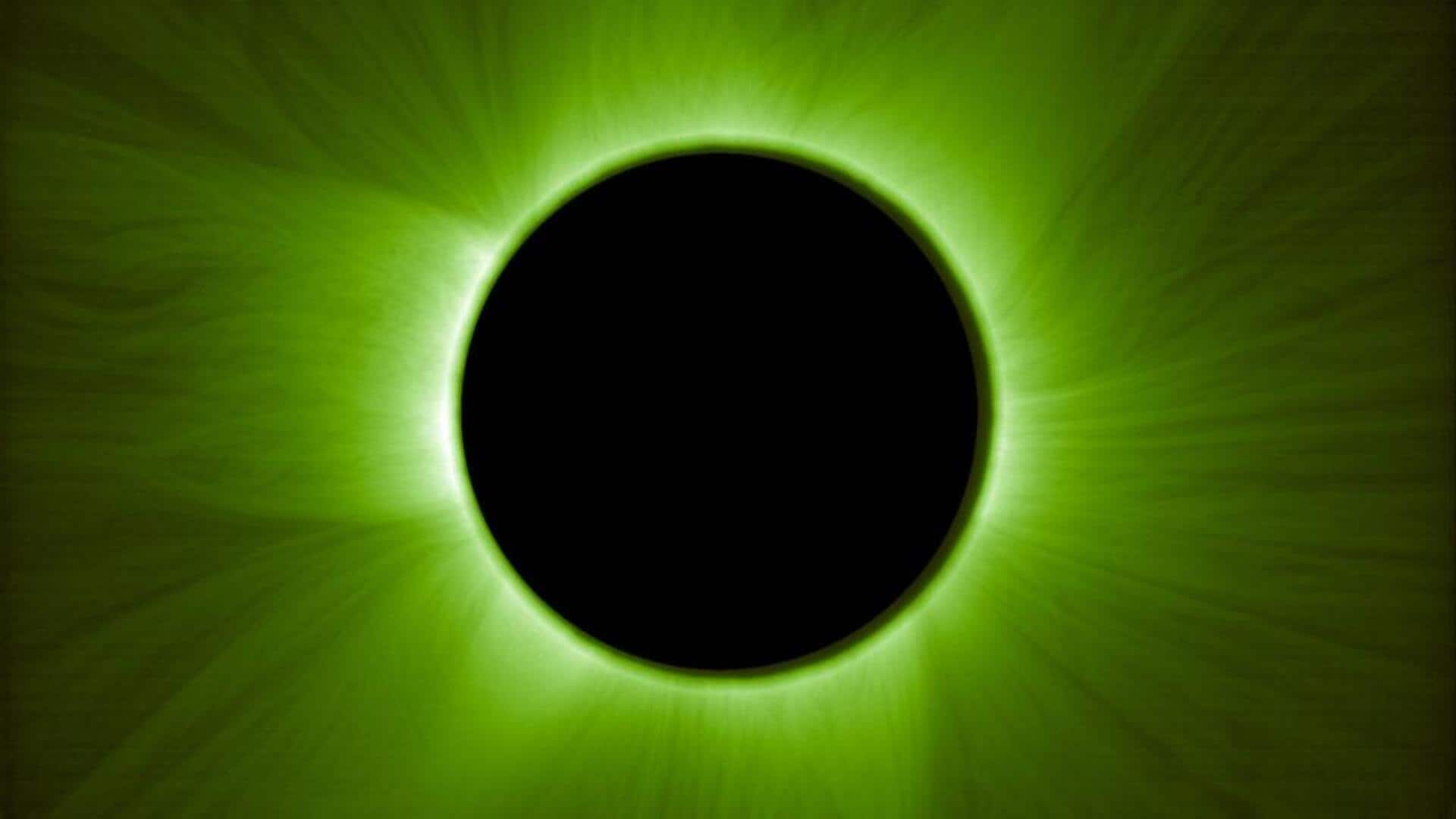
Watch: First artificial solar eclipses created by European satellites
What's the story
A pair of European satellites has successfully created the first artificial solar eclipses, the European Space Agency (ESA) announced at the Paris Air Show. The innovative feat was achieved by two separate spacecraft, Proba-3's Coronagraph and Occulter, that flew in a precise formation while orbiting Earth. The mission has generated simulated solar eclipses since March, providing scientists with hours of on-demand totality.
Mission details
How the Proba-3 mission works
The Proba-3 mission, which cost $210 million, consists of two spacecraft flying 492 feet apart. One satellite blocks the Sun like the Moon does during a natural total solar eclipse, while the other uses its telescope to observe the corona—the Sun's outer atmosphere. This complex maneuver requires extreme precision from the cube-shaped spacecrafts, each less than five feet in size. Their flying accuracy has to be within a millimeter, achieved autonomously through GPS navigation and other technologies.
Achievements
10 artificial eclipses generated so far
So far, the Proba-3 mission has successfully generated 10 artificial solar eclipses during its ongoing checkout phase. The longest eclipse lasted five hours, with scientists aiming for six hours of totality per eclipse once scientific observations begin in July. The preliminary results showing the corona without any special image processing have already thrilled scientists involved in the project.
Future plans
Mission will generate nearly 200 eclipses
The Proba-3 should produce an average of two solar eclipses per week, totaling nearly 200 over its two-year duration. This would give scientists over 1,000 hours of totality—an incredible amount considering natural total solar eclipses only last a few minutes when Moon aligns between Earth and Sun. The unique aspect of this mission is that the Sun-blocking disk and telescope are on two separate satellites, giving scientists a better look at part of corona closest to limb of the Sun.